Chemnitz – Manchester of Saxony
Chemnitz is the third biggest city in East Germany, former large industrial centre, buried in verdure today. Chemnitz is officially recognized as “the city of modernity”, though it does not forget its past. Here you will find preserved ancient castles and a whole block in art nouveau style. Old factories turned into museums, restaurants and lofts, while ultra modern shopping malls are still surrounded by residential areas of the Soviet period, which you are reminded about by the 40-ton bust of Karl Marx in the city centre. If you want to plunge into the past, it is enough to go to the former department store where one of the oldest natural artifacts is kept – a unique 290 million years old petrified forest!
Cafes, bars and restaurants in Chemnitz
See all
Restaurants
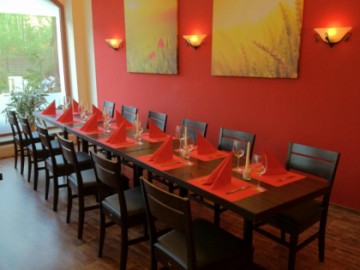
Ami
Restaurant • Catering
+49 371 90984303
Payment methods:
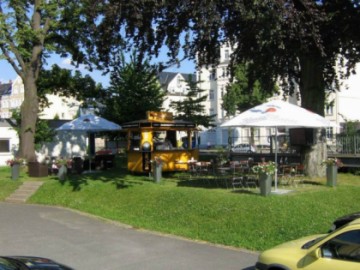
BOWLING-TREFF Chemnitz
Family restaurant • Sports bar
+49 371 3899535
Payment methods:
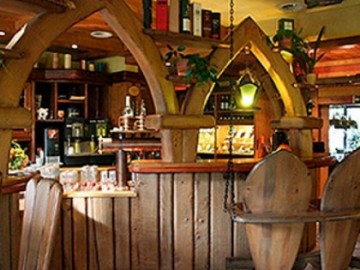
Felsendome Rabenstein
Restaurant • Pension • Biergarten
+49 371 8080037
Payment methods:
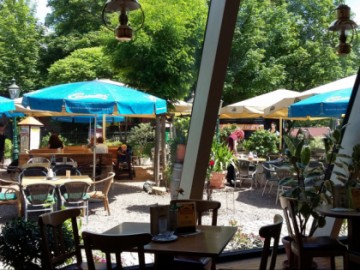
Miramar
Biergarten • Tavern
+49 371 3301521
Payment methods:
All sights in ChemnitzSee all
Landmarks in the city Chemnitz
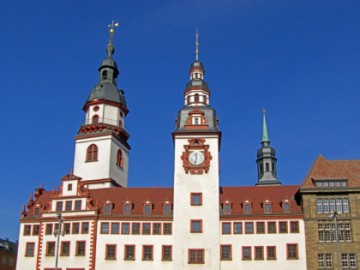
The old town hall
Architectural Monuments
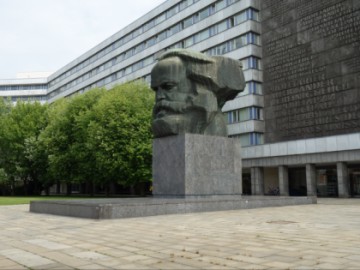
Marx’ Head
Architectural Monuments
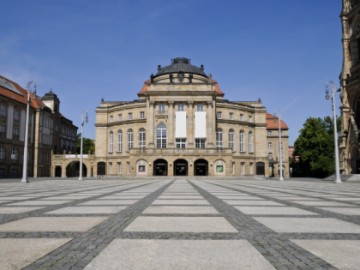
Chemnitz Opera House
Architectural Monuments
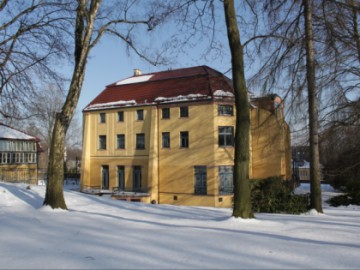
Villa Esche
Architectural Monuments • Museums and Exhibitions

Castle of Rabenstein
Castles, Fortresses and Palaces • Other places
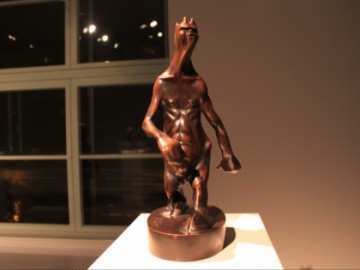
Gunzenhauser Museum
Museums and Exhibitions

The industrialism museum
Museums and Exhibitions

Museum of Natural History
Museums and Exhibitions

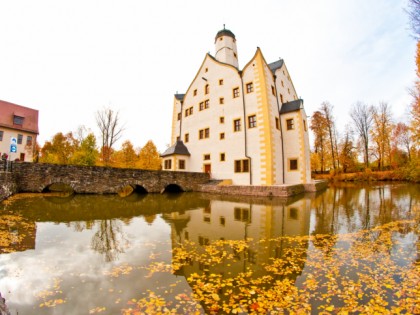



 Castles, Fortresses and Palaces
Castles, Fortresses and Palaces
 Museums and Exhibitions
Museums and Exhibitions
 Architectural Monuments
Architectural Monuments
 Other places
Other places